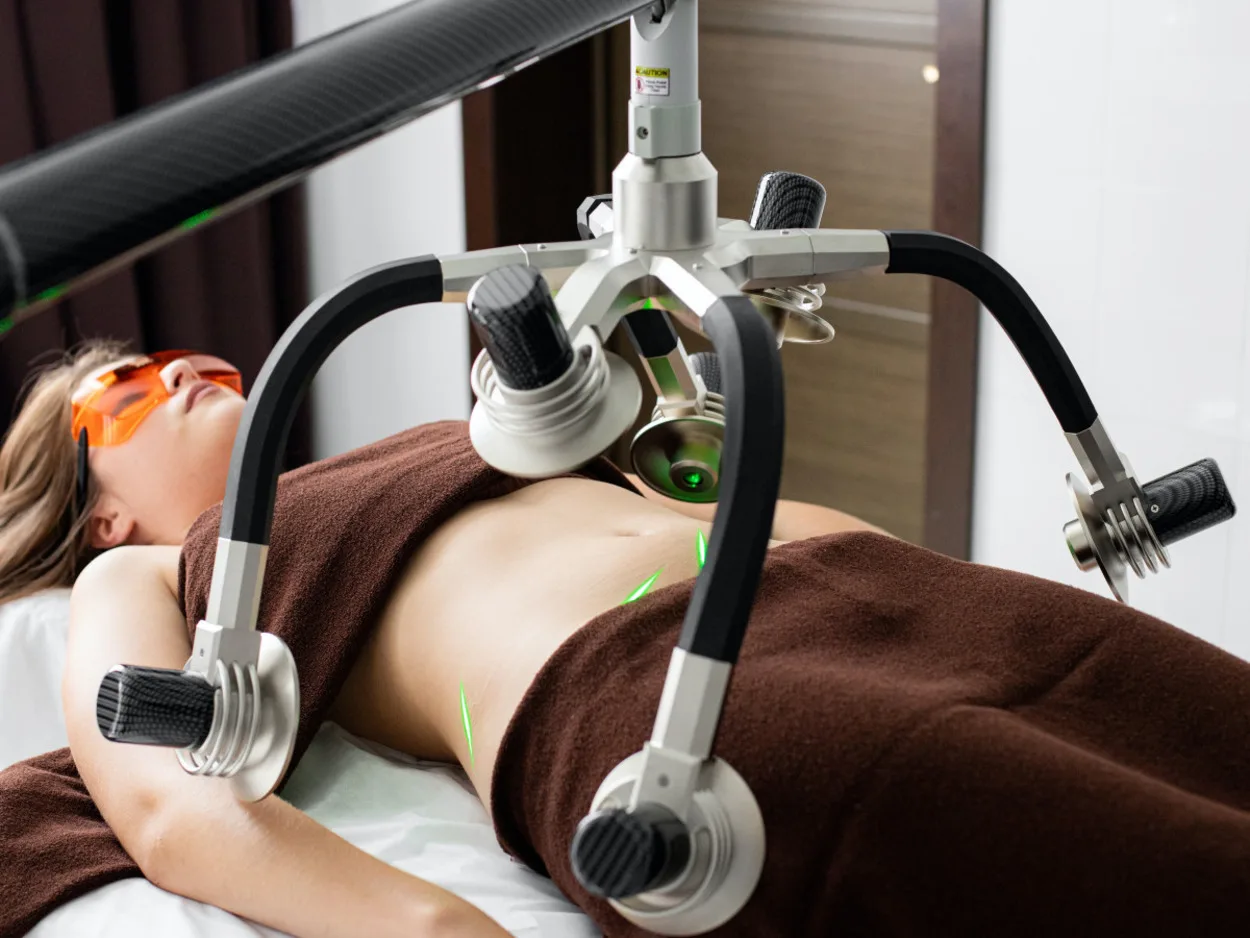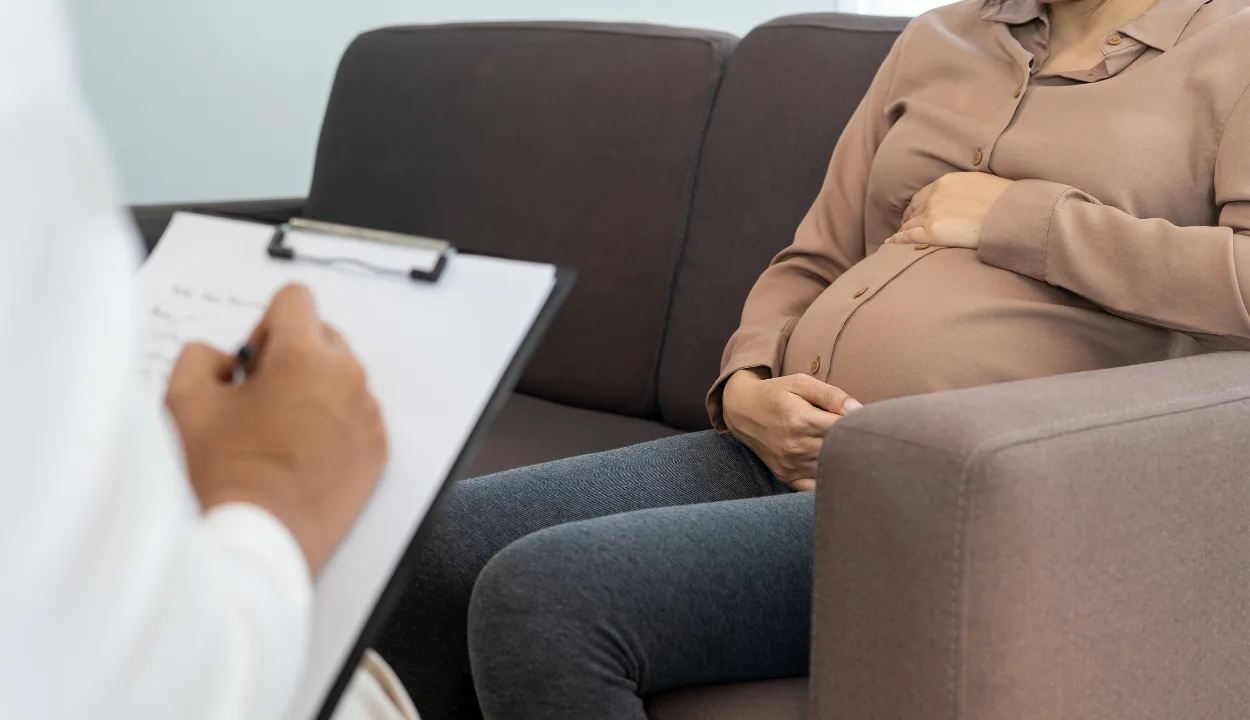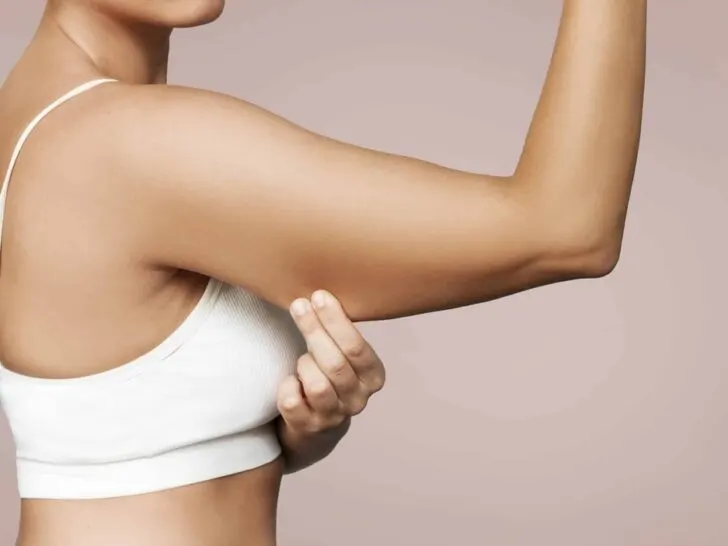If you’re trying to lose weight, it’s important to understand the difference between loose skin and fat. Knowing what is fat and what is loose skin makes it easier to focus on the right areas and tailor your weight loss plan accordingly.
In this blog post, we’ll show you how to tell what’s loose skin and what’s fat, and explain how it can help you reach your goals.
Read on for more information about how to tell what’s loose skin and what’s fat.
Understanding The Anatomy Of Skin And Fat
The human body is made up of many layers, including the skin and fat. Knowing the difference between the two can be beneficial in creating a healthy lifestyle.
The skin is the largest organ in the human body and the outermost layer of protection. Its primary purpose is to protect the body from UV radiation, provide insulation, and regulate body temperature. The skin also has nerve endings that allow us to feel pressure and temperature.

Fat is a form of energy stored in the body and helps to insulate and protect organs. It also aids in hormone production and helps keep the body warm. Fat can be located in various parts of the body, including around the organs and subcutaneously (under the skin).
To determine whether a particular area is skin or fat, you can use a few different methods.
- First, you can use the pinch test.
- Pinch the area between your fingers and if it feels like a small cushion of fat, it is most likely fat.
- Second, if you can pinch up the area and make a wrinkle, it is likely to be skin.
- Lastly, if you pinch and can’t make a wrinkle, but it feels squishy, it is likely both skin and fat
Identifying Loose Skin
When you look in the mirror and see excess skin, it can be difficult to know whether it is fat or loose skin. The best way to tell the difference between fat and loose skin is to pinch the area in question. Loose skin will feel like thin, wobbly tissue, while fat will feel like a soft, squishy mound that moves when you touch it.
Another way to tell if it is fat or loose skin is if the area remains the same even after significant weight loss. While it is possible to reduce fat through diet and exercise, loose skin will remain after the fat has been reduced. Therefore, an area that continues to remain the same even after considerable weight loss is likely to be loose skin.
| Prevent loose | One of the best ways to prevent loose skin is to lose weight slowly. |
| Diseases | Losing weight too quickly can lead to loose skin, especially in the stomach area. |
| Healthy Diet | Therefore, it is important to stick to a healthy diet and exercise regularly in order to maintain a healthy weight. |
If you already have loose skin, it is important to be aware that it can be difficult to reverse the effects. However, there are some treatments that can help reduce the appearance of loose skin, such as laser treatments, radiofrequency treatments, and surgery
Identifying Fat
It can be difficult to distinguish between loose skin and fat. Whether you are trying to lose weight or just evaluating your body composition, it’s important to understand the difference between the two.
The most reliable way to differentiate between the two is through a body fat measurement test. This test uses calipers to measure how much of your body is made up of fat and helps to determine your body fat percentage.

Another way to differentiate between loose skin and fat is by examining the texture. Loose skin is typically thin, loose, and soft. Fat will feel firmer and smooth and can be pinched. Additionally, fat will usually be more spread out over your body while loose skin will be concentrated in certain areas, such as the stomach or arms.
If you are trying to reduce the amount of fat on your body, it’s important to focus on healthy eating habits and exercise. Eating a balanced diet and incorporating regular physical activity into your lifestyle will help you to lose fat and reduce the appearance of loose skin.
Comparing Loose Skin And Fat
Loose skin is exactly what it sounds like, extra skin that hangs around after you’ve lost weight or had a pregnancy. This skin is generally saggy and droopy, and it’s a common complaint among those who’ve lost a significant amount of weight.
Fat, on the other hand, is the layer of adipose tissue that covers the body and stores energy. Everyone has a certain amount of fat, but too much can cause health problems. Fat is sometimes difficult to lose and can be stubborn, especially on the stomach and thighs.
To distinguish between loose skin and fat, look out for certain signs. Loose skin will be soft and have the appearance of being flaccid, while fat will be firmer to the touch.
Additionally, fat will often dimple when you press it while loose skin will not. Fat deposits are generally evenly distributed around the body, while loose skin may appear in only certain areas.
Seeking Professional Help
The human body is an incredibly complex and varied entity, and it can be difficult to tell the difference between fat and loose skin. Trying to distinguish the two can be a daunting task, and it can be even more complicated if you are overweight or obese. In these cases, it is wise to seek professional help.

Trained professionals, such as nutritionists and fitness trainers, can help you determine the difference between fat and loose skin. These experts will assess your body composition, lifestyle habits, medical history, and other factors to help create a tailored plan that will work for you.
Nutritionists can help you learn healthy eating habits and provide personalized meal plans that can help you burn fat while maintaining muscle mass. Fitness trainers can help you create a well-rounded exercise routine that can include weight lifting, cardio, and other activities to help tone the body and shift your fat-to-muscle ratio.
FAQs
How Can I Differentiate Among Loose Skin And Fat?
Loose skin and fat are two distinct types of body tissue. In order to tell the difference, you need to pinch the area in question with your fingers.
Loose skin will feel smoother and more elastic, while fat feels soft and squishy.
What Can I Do To Get Rid Of Excess Fat Or Loose Skin?
To get rid of excess fat, you can try a combination of a healthy diet and exercise.
To get rid of loose skin, you may need to resort to surgical procedures such as a tummy tuck or liposuction. Again, it’s best to consult a professional to determine which option is best for you.
What Causes Loose Skin?
Loose skin can be caused by a variety of factors, including aging, pregnancy, significant weight loss, genetics, and sun damage.
As we age, our skin loses elasticity, making it more prone to sagging.
Conclusion
- In conclusion, understanding the difference between loose skin and fat can be difficult without the help of a physician.
- However, by paying attention to the appearance of your skin, watching for other indicators, and consulting a doctor, you can gain a better understanding of how to distinguish between loose skin and fat.
- It’s crucial to understand the differences in appearance, texture, touch, and response to exercise and diet between these two types of tissue.
- Seeking professional advice from a dermatologist or plastic surgeon can also help you differentiate between loose skin and fat.

